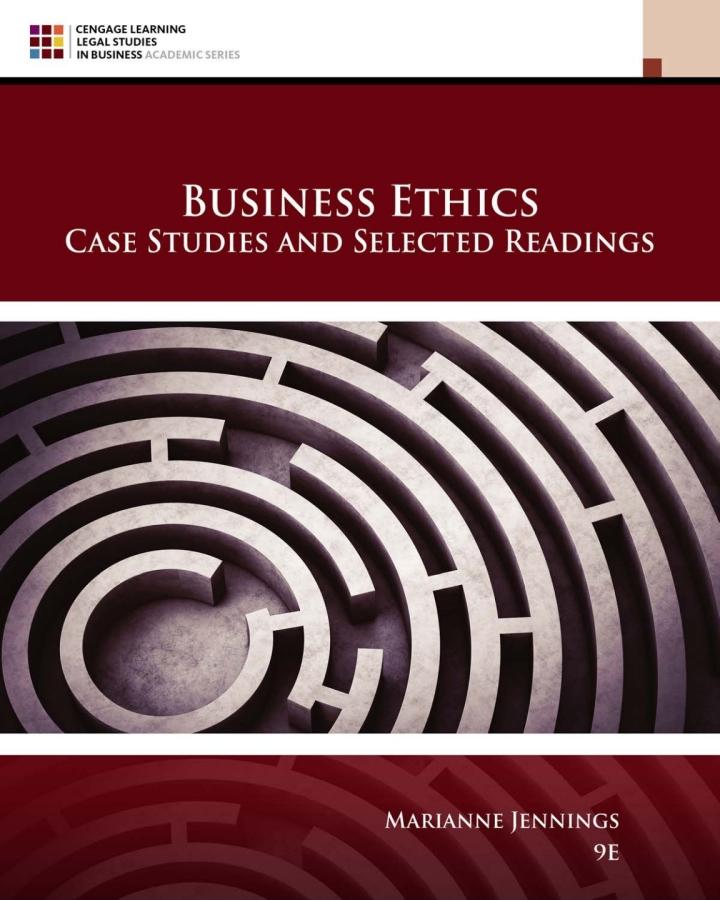Solyndra is a solar-cell factory located in California. Begun in 2005, Solyndra was perceived as a high-risk
Question:
Solyndra is a solar-cell factory located in California. Begun in 2005, Solyndra was perceived as a high-risk firm because its product design was that of creating cylindrical solar cells. The market has relied on conventional photovoltaic (PV) cells that we are familiar with in solar panels. However, Solyndra was able to garner \(\$ 1\) billion in private equity because its sales pitch was that its design did not require the use of silicon, something required for \(\mathrm{PV}\) design that was very expensive.
Unfortunately, the price of silicon began to drop rapidly at about the time Solyndra was up and running. The result was that Chinese solar cell and panel manufacturers were able to flood the market with their products. In 1995, Chinese companies held \(6 \%\) of the international market for PV cells. By 2011, those same companies held \(54 \%\) of the market share. Solyndra acknowledged the market share issues to investors in 2010 and also disclosed that it cost more to produce its cells than it could sell them for in the market because of the cheaper PV products. \({ }^{208}\) The product design would not sell unless and until silicon prices went up.
However, that information about production costs and pricing was not disclosed to the federal government, which gave Solyndra a \$535 million loan guarantee as part of the 2009 economic stimulus package. The loan guarantee for Solyndra was critical because it was no longer able to raise private funds, as the market was aware of the cost and pricing issues.
Following the boost from the federal government in March 2009, Solyndra was able to obtain loans, but its cash burn rate was so high that by December 2010, it was low on cash and had violated the loan covenants then in place. Although Rockport Capital and other investors in the company agreed to infuse \(\$ 75\) million in loans, the company was forced to declare bankruptcy in September 2011. Two days after its declaration of bankruptcy, the FBI raided the company's headquarters and the homes of its top management to obtain records as part of an investigation into the company's loans, the federal guarantee, misrepresentations to the Department of Energy, the use of the funds, and whether the loan guarantee had been simply an effort to get investors repaid. \({ }^{209}\)
Following the bankruptcy, material information about the interrelationships of the company with federal officials came to light. Rockport Capital, one of Solyndra's largest investors has a seat on the U.S. Navy's panel that helps the federal government find emerging technologies. Kevin Kopczynski, a principal in Rockport, who fills the Rockport seat on the Navy panel, recommended Solyndra for Navy contracts. While Mr. Kopczynski did disclose Rockport's interest in Solyndra in his discussion with the Navy about the company...............................
Discussion Questions 1. Make a list of the ethical issues you see in the negotiations for the federal guarantee as well as the Navy contract.
2. Did the good intentions of the government in investing in renewable energy have unintended consequences? Explain the consequences 3. In 2008, Congress passed a bill authorizing \(\$ 16\) billion in loans to companies that were developing fuelefficient vehicles. The money that was disbursed was lost without the expected development of fuel cells and fuel-efficient vehicles. Along with the problems with Solyndra and the connections between those involved with Solyndra and their relationships to President Obama, funding, both government and private, for alternative energy programs stalled. \({ }^{213}\) Explain the group of stakeholders that you see after reading about Solyndra's impact. What does this experience teach business about its accountability?
Step by Step Answer:

Business Ethics Case Studies And Selected Readings
ISBN: 9780357453865
9th Edition
Authors: Marianne M. Jennings





